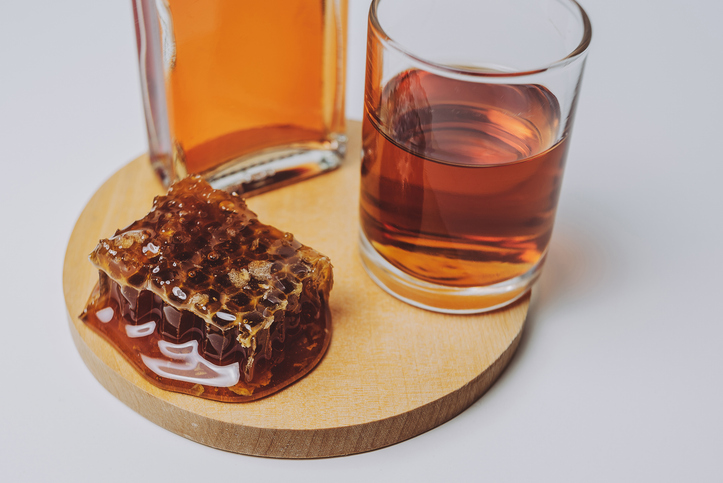The Rise of Mead in a Changing Alcohol Market
As the craft beer boom begins to plateau, consumers are increasingly turning their attention to wine and spirits. Yet, the fastest-growing alcoholic beverage in the United States is something many people have never heard of—mead.
Nectar of the Gods
Mead is the world’s oldest fermented drink, predating other alcoholic beverages, including beer. Historical records and ancient cave paintings depict early humans enjoying this honey-based beverage. Mead has a rich history across diverse cultures, from ancient Egypt and Greece to Mesopotamia, India, and Africa.
This drink, often referred to as “the nectar of the gods,” is prominently featured in the Nordic epic Beowulf and enjoyed widespread popularity in medieval Europe, which explains why modern encounters with it often occur at Renaissance festivals. However, mead is experiencing a revival today, with new meaderies popping up at a rapid pace.
Between 2013 and 2016, the number of wineries in operation increased by 11%, distilleries by 71%, and craft breweries by 80%. Remarkably, the number of meaderies more than doubled during the same period. While meaderies still represent a small fraction of the alcoholic beverage market, with fewer than 500 in operation, their growth rate is unparalleled.
What is Mead?
Fundamentally, mead is a fermented beverage similar to wine, but made with honey instead of grapes. Often called honey wine, mead stands alone as a unique category of alcoholic drink. Today’s mead offerings extend far beyond the simple recipes of the past. Whether traditional (made with just honey, water, and yeast), spiced (known as metheglin), or fruit-infused (called melomel), mead comes in a variety of flavor profiles to suit different tastes. It can be still or carbonated.
Leading meaderies and expert mead makers (known as mazers) craft meads that rival the world’s finest wines in flavor and elegance. For a growing number of enthusiasts, mead is simply a delicious drink.
Mead fell out of favor primarily because producing alcohol from grains became cheaper. Today, honey is still relatively expensive, so mead often carries a premium price tag. Despite this, more meaderies are opening, and more people are discovering the joys of this ancient beverage.
The Challenges of Mead Production
I recently spoke with Vicky Rowe, executive director of the American Mead Makers Association (AMMA), who explained the rapid growth in mead production. According to Rowe, a new meadery opens approximately every three days. Currently, there are 412 meaderies across 45 states, the District of Columbia, and Puerto Rico, with many more in the process of opening.
Tracking production numbers is challenging because the Alcohol and Tobacco Tax and Trade Bureau classifies mead alongside wine. While the AMMA surveys its members, most meaderies are small and artisanal.
Regulatory issues also pose hurdles. For example, braggot—a type of mead made with both honey and malt—is classified as beer, requiring meaderies to obtain a brewer’s license and designate part of their facilities as breweries. Rowe contends that taxing beverages based on ingredients is impractical and advocates for classifying mead as a unique alcoholic beverage for tax purposes.
State regulations can also be cumbersome. In New Jersey, for instance, the first meadery, Melovino Meadery, opened only three years ago after extensive lobbying efforts to persuade regulators to grant a mead-making license.
A Buzz-Worthy Comeback
Despite these challenges, mead is enjoying a renaissance. Many small meaderies started in the garages and basements of passionate brewers. Now, this honey-based drink, once considered the beverage of kings, is making a significant comeback. With its rapid growth and increasing popularity, mead is once again creating a buzz in the world of alcoholic beverages.
Whether you’re a wine and spirit enthusiast, a beverage industry professional, or a history aficionado, mead offers a unique and flavorful experience that bridges the past and present. Explore the world of mead and discover why it’s capturing the hearts and palates of a new generation of drinkers.
Ready to join the mead revolution? Visit your local meadery or check out our curated list of top meads to try. Cheers to the nectar of the gods making its triumphant return!

